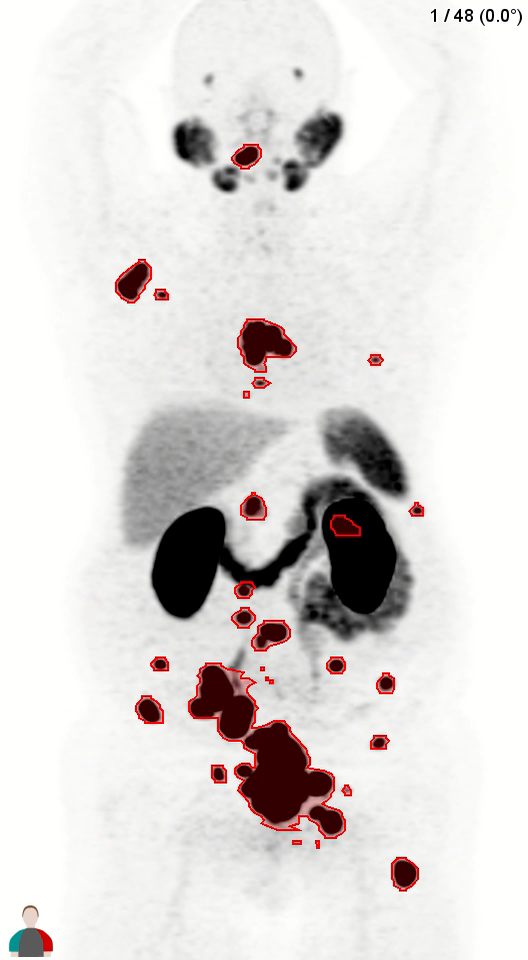
Imaging and Theranostics Subcommittee
ANNUAL
REPORT 2024


Imaging and Theranostics Subcommittee
ANNUAL
REPORT 2024

ANNUAL REPORT 2024
Imaging and Theranostics Subcommittee
Imaging and Theranostics Subcommittee

Andrew Scott
CHAIR

Narjess Ayati
DEPUTY CHAIR (FROM FEBRUARY 2024)
As a newly established subcommittee, we engaged in fruitful initial discussions that set a promising tone for our collaboration in the past year. Below, we provide a summary of our activities during this period.
Proposed Projects
Merging PSMA PET and MRI for local evaluation with machine learning
This project will explore how PSMA PET and MRI and CT scan images can be analysed to provide more accurate information on staging of prostate cancer. Through the use of sophisticated computer software techniques, automated analysis methods will also be developed aiming to identify prognostic parameters that can assist in selecting the most appropriate treatment for prostate cancer patients.
PSMA PET/CT responsiveness to hormonal therapy
In this project, PSMA PET and CT images from patients with prostate cancer will be analysed, aiming to develop new imaging parameters that can more accurately identify which patients will respond to hormonal therapy, therefore improving patient management and outcomes. The results from this study will allow further prospective trials to be conducted in prostate cancer patients.
SUBDUE-3
In this proposed study, Zirconium-89 radiolabelled, sub-urothelial durvalumab injection prior to radical cystectomy for bladder cancer.
This highly novel PET based dose distribution study is a follow on from the SUBDUE-1 trial. SUBDUE-1 proved that the checkpoint inhibitor durvalumab could be safely injected directly into the bladder wall producing immune effects locally without immune related side effects. In SUBDUE-3 Zirconium labelled durvalumab will be injected into the bladder similarly to SUBDUE-1 and serial PET scans performed to assess the distribution of the drug throughout the bladder and also to determine if the drug has become distributed elsewhere in the body. This study will for the first time determine the feasibility of this approach to treating bladder cancer, and potentially lead to larger trials aimed at developing this new treatment approach.
PET imaging using CDCP1 target
This Phase I trial in ovarian cancer patients targeting the CDCP1 receptor is planned to begin recruitment in Queensland in 2024. CDCP1 is also highly expressed in advanced prostate cancer (predominantly PSMA unresponsive patients) and bladder cancer, and this study will be extended to add prostate cancer and bladder cancer cohorts.

PET tracers for clinical trials in Testicular Germ Cell Tumours (TGCT)
The accurate staging of testicular germ cell tumours after initial treatment remains a challenging clinical scenario, and many patients require surgery which may reveal no evidence of active tumour. In response to this clinical scenario, and working with the Germ Cell Subcommittee, a review of the evidence of different PET radiopharmaceuticals suitable for imaging patients with testicular germ cell tumours after initial treatment has been conducted. This review will be used to develop strategies for future trials, and will be published as a systematic review.
PSMA PET reporting in clinical trials
The importance of developing a more synoptic approach to imaging reporting for PSMA PET scans for clinical trials has been identified as an important issue.
A working group will be convened to review existing guidelines, and to recommend a preferred approach for ANZUP clinical trials.
